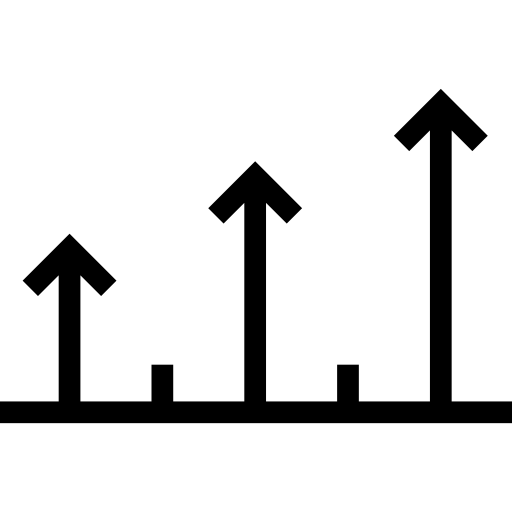
Starting date : Jul. 2016 > Jun. 2019
Lifetime: 36 months

Program in support : H2020-EUJ-01-2016

Status project : complete

CEA-Leti's contact :
Antonio De Domenico
Bernard Strée

Project Coordinator: Fraunhofer Heinrich-Hertz-Institut (DE)
Partners: - DE: Fraunhofer Heinrich-Hertz-Institut, Intel
- FR: CEA-Leti
- IT: Sapienza University of Rome, Telecom Italia
- JP: KDDI R&D Laboratories Inc., Panasonic AVC Networks Company, Tokyo Institute of Technology

Target market: n/a

Publications:«Making 5G Millimeter Wave Communications a Reality», A. De Domenico, R. Gerzaguet, N. Cassiau, A. Clemente, R. D’Errico, C. Dehos, J. L. González, D. Kténas, L. Manat, V. Savin, and A. Siligaris, IEEE Communication Magazine, 2017 [invited paper].

Investment: € 1.5 m.
EC Contribution: € 1.5 m.

| Stakes
In the 5G MiEdge project, CEA-Leti has developed new solutions involving millimeter wave communications and mobile edge cloud technologies. The Institute has expanded its system level simulator to characterize and assess future mobile networks.
CEA-Leti’s specific outcomes of 5G MiEdge are:
- Contributing to defining the 5G ecosystem, its management and operation
- Contributing to defining possible use cases, scenarios and system architecture in 5G MiEdge
- Investigating joint beam steering and beam forming mechanisms to improve user data rate and minimize co-channel interference in a mmWave access network
- Investigating stochastic geometry-based solutions to mathematically modelling network performance with respect to deployment parameters such as base station density, transmission power and antenna gains
- Co-organizing dissemination at international conferences and scientific events. CEA-Leti is also supporting active links with other current projects involving CEA such as 5G Champion and Speed 5G
- Disseminating 5G MiEdge results through conferences and journal papers.
Project Aim 1. To research, develop and prove the 5G based MiEdge concept, whose viability is evaluated by detailed theoretical and numerical analysis and prototyped for proof of concept. Project Aim 2. To develop transmission schemes and protocols of mmWave access/backhauling designed to assist the mobile edge cloud in caching/prefetching and thereby ensuring ultra-high speed, low latency service delivery resilient to network bottlenecks, such as backhaul congestion, user density and mission-critical service deployment based on three target scenarios: a stadium, an office and a train/station. Project Aim 3. To develop novel ultra-lean and inter-operable control signaling over 3GPP LTE to provide liquid ubiquitous coverage in 5G networks based on acquisition of context information and forecasting of traffic requirements, thereby enabling proactive orchestration of mmWave edge cloud communication/computation resources. Project Aim 4. To develop user/application-centric orchestration algorithms and protocols to adapt mmWave edge cloud radio and computation resources to 5G networks using traffic forecasting provided by liquid RAN C-plane. This will enable selforganized and proactive resource reservation and satisfy low-latency service requirements. Project Aim 5. To develop a joint 5G test bed integrating mmWave edge cloud, liquid RAN C-plane and user/application-centric orchestration to foster 5G MiEdge’s effective impact in Europe and Japan, and especially in preparing the 2020 Tokyo Olympic Games. The 5G MiEdge test bed is actively liaising with the other EU/JP consortium focusing on the network side to leverage synergies between alternative 5G concepts. Project Aim 6. To contribute to defining 5G mobile communications standards in 3GPP and IEEE as well as in open forums, such as NGMN, Small Cell Forum and the International Telecommunication Union (ITU) Industry Specification Group MEC, in relation to mmWave access, liquid RAN C-plane and protocols for user/application-centric orchestration through coordination between its European and Japanese partners.
IMPACT
The 5G MiEdge project is an important vector in 5G and beyond because it highlights the importance of millimeter-wave communication technologies in the new generation of mobile networks. Moreover, the project fosters close interaction between European and Asian ecosystems in relation to 5G and Beyond.
|
|